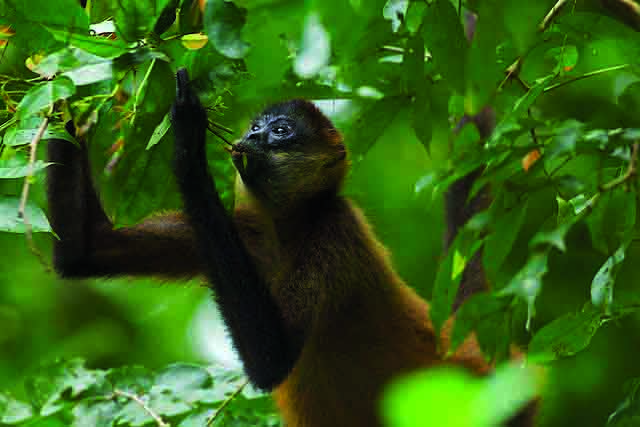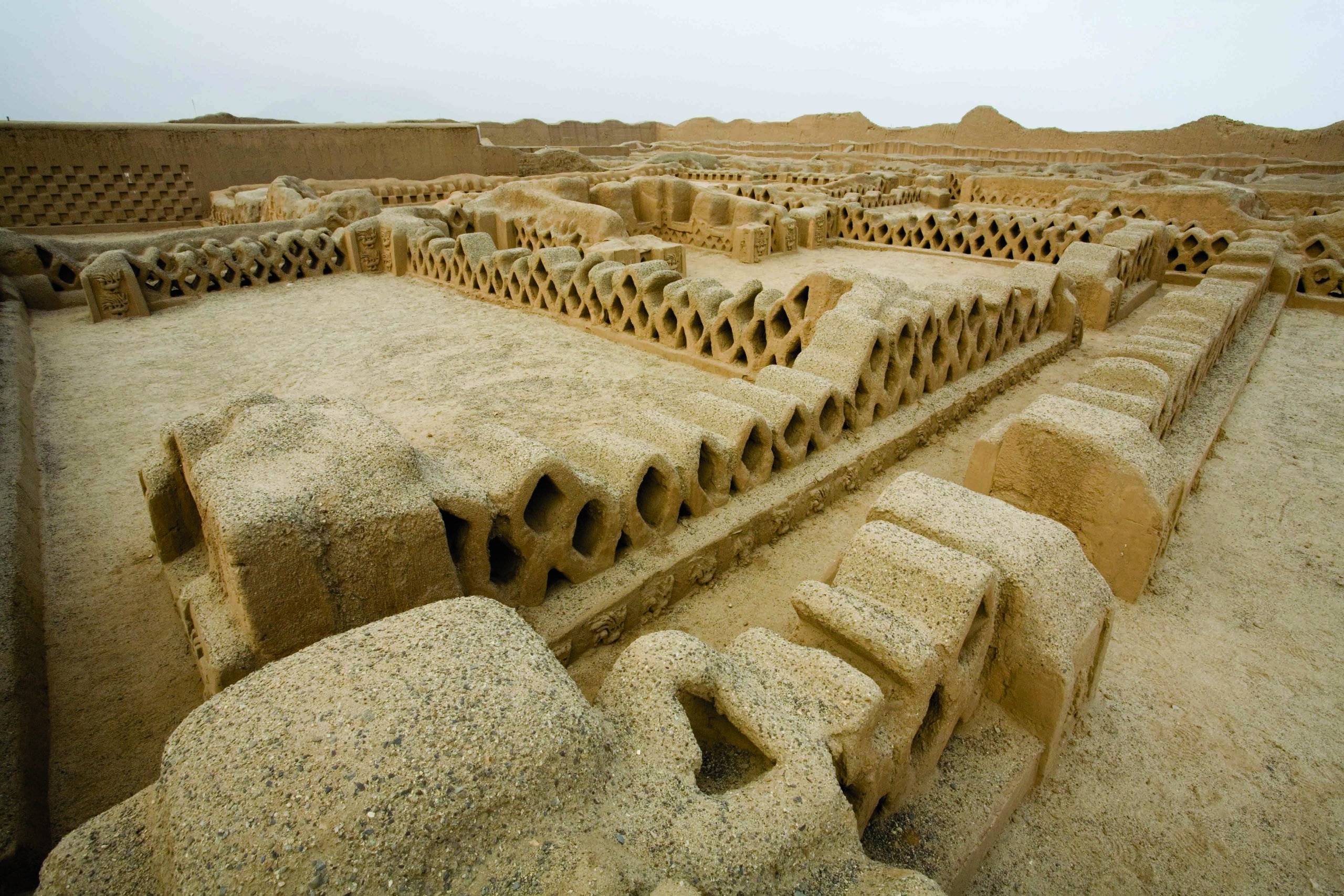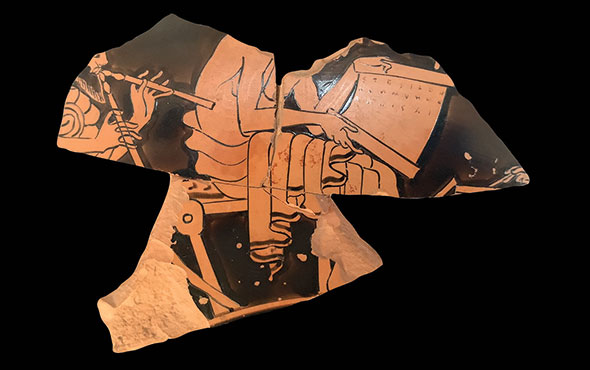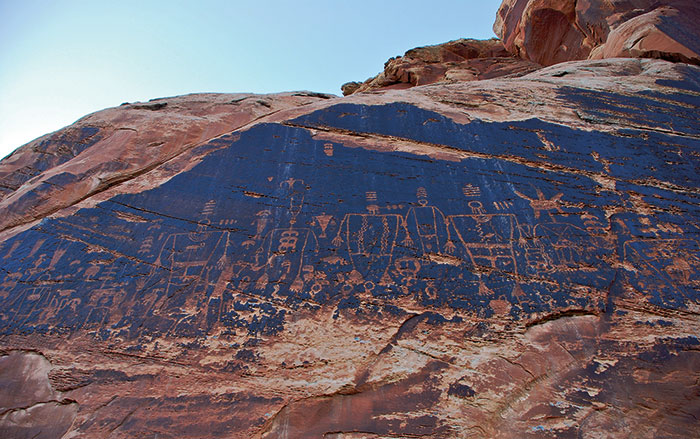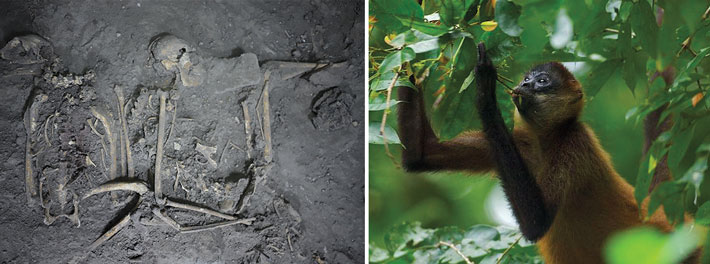
Around A.D. 275, an unlikely emissary arrived in the central Mexican city of Teotihuacan. A group of Maya brought a spider monkey as an exotic gift to help establish a formal relationship with the city’s rulers. The sacrificed monkey’s remains were part of an offering cache uncovered by archaeologist Nawa Sugiyama of the University of California, Riverside, in the Plaza of the Columns, an elite neighborhood of Teotihuacan. The cache also included the remains of a golden eagle, as well as greenstone figurines and obsidian blades. Examination of the monkey’s bones showed that it was five to eight years old when it died. Isotope analysis of the bones indicated that it lived in captivity for the last two years of its life, based on the type of foods it ate. Sugiyama believes that the monkey symbolized the type of relationship the Maya hoped to have with the rulers of Teotihuacan. Monkeys were important figures in Maya cosmology, she says, noting that they were associated with traits such as artisanship, intellectual knowledge, and writing, as distinct from brute force or power.


